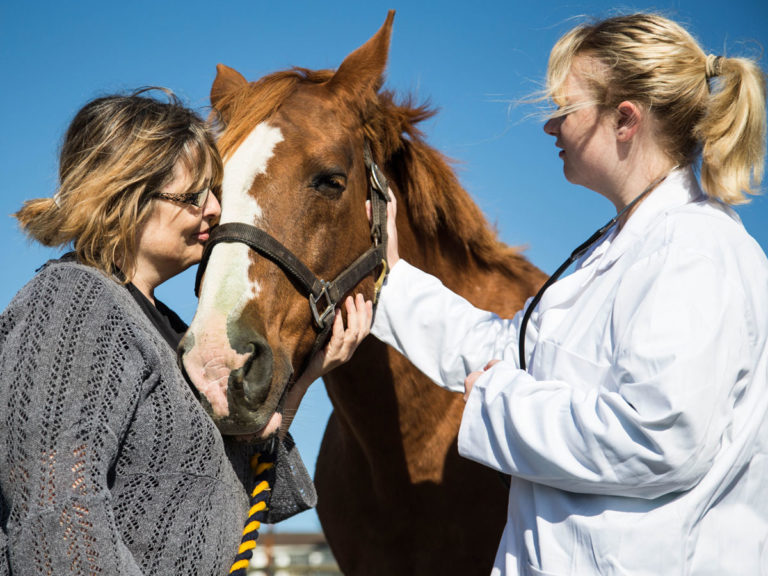
Equestrian eventing is a dangerous Olympic sport, with 16 rider and 69 horse fatalities at competition in the last 10 years. Despite this, there is limited research that aims to improve safety within the sport. The aim of this retrospective cohort study was to identify risk factors for cross-country horse falls, which are the leading cause of rider fatality within the sport.
Competition data between January 2005 and December 2015 were analyzed. Descriptive statistics followed by univariable logistic regression to identify risk factors for inclusion in a multivariable logistic regression model were conducted. A total of 749,534 cross-country starts were analyzed for association with the risk of horse falls.
Sixteen risk factors were identified, including higher event levels, higher dressage penalties and higher number of days since horses’ last start. For example, horse and rider combinations competing at BE100 (OR 1.64, CI 1.37–1.96, p < 0.001), Novice (OR 3.58, CI 3.03–4.24, p < 0.001), Intermediate (OR 8.00, CI 6.54–9.78, p < 0.001), Advanced (OR 12.49, CI 9.42–16.57, p < 0.001) and International (OR 4.63, CI 3.50–6.12, p < 0.001) all had a higher risk of having a horse fall in comparison to combinations competing at BE90 level. Riders that had a horse fall during their previous start (OR 2.39 [1.62-3.53]) were more likely to fall during their current start. Horses competing in their first start (OR 2.06 [1.36-3.12]) were more likely to have a fall than horses that had started in the previous 1-14 days. Furthermore, for every additional 10 dressage penalties awarded to a horse and rider combination, there was a higher risk of a horse fall (OR 1.20, CI 1.12–1.28, p < 0.001).
Bottom line: The study results should be utilized by sport governing bodies to inform policy that has the potential to reduce the risk of injury and fatality to sport participants.








